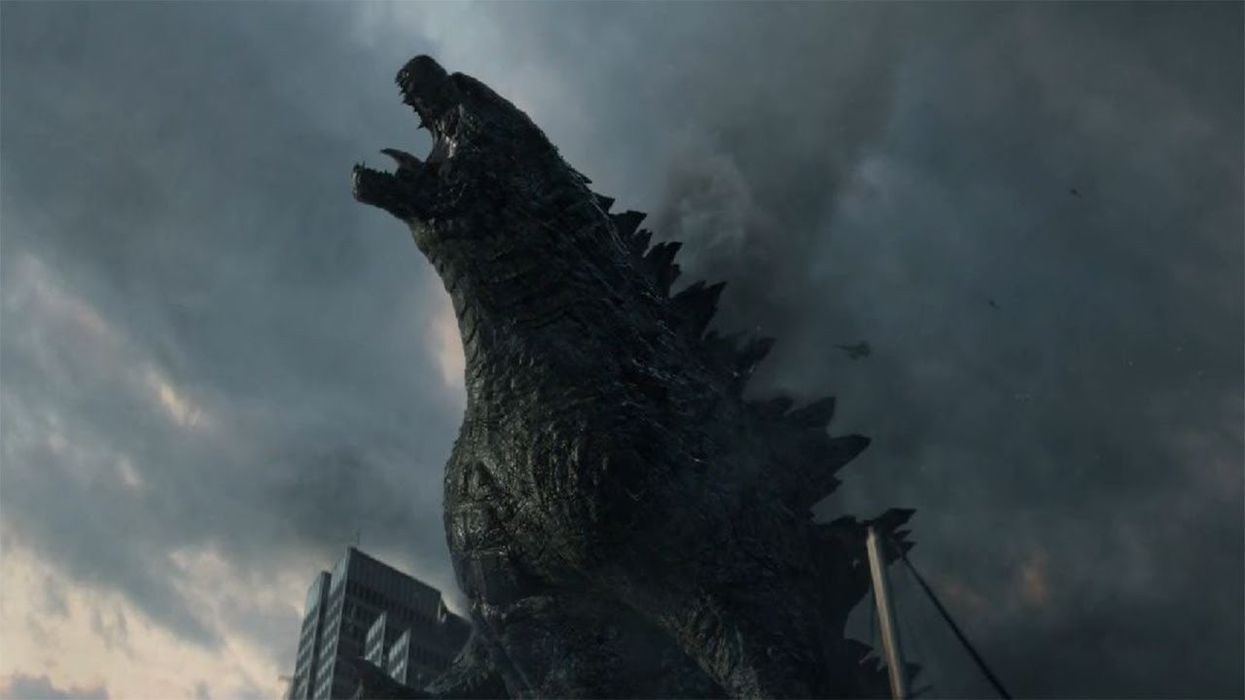A Behind the Scenes Look at Creating the Dark & Powerful Sound Design of 'Godzilla'
When the highly anticipated 2014 reboot of Godzilla hit theaters back in May, audiences were not only eager to catch a glimpse of the 350 foot terrestrial reptile, but also to hear him again -- for the first time.

Recreating and revamping Godzilla's infamous roar was no small task for sound designer Erik Aadahl and sound editor Ethan Van der Ryn, and surely wasn't an undertaking they took lightly. This is a sentiment they expressed to SoundWorks Design when they shared how they approached designing the creature's thunderous shriek, however the details they divulged were scant at best.
This time around, Aadahl and Van der Ryn are a lot less tight-lipped about the project, breaking down their recording process once again for SoundWorks for this 45-minute sound profile. And although the recipe for Godzilla's roar is still being kept secret, many of the methods of acquiring the sound effects used in the film are put on the table, including how they created the MUTOs' otherworldly chatter, as well as how they used a special microphone that captures frequencies 5x beyond the range of human hearing (which means some of the sounds you heard in Godzilla were originally imperceptible to your puny human ears).
One of the more fascinating concepts brought up in the video is this idea of creating emotion with creatures that don't appear to show any human emotion. As stated around the 18:00 mark, these MUTOs could have emotions, souls, and full histories, that can't be revealed to the audience visually or narratively for reasons that are pretty apparent. (How do you visually show a humongous insect-like monster in mourning or enraged when they don't have mouths with which to sneer or tear ducts through which to cry?)
The sound design team saw this as an opportunity to convey that to viewers through sound, which in the end added a great amount of depth to both the MUTOs and Godzilla himself. Thanks to the great sound design, you're not watching a movie about giant monsters mindlessly attacking and destroying cities, but rather one about giant monsters mindfully attacking and destroying cities. The sound gave these creatures a brain -- and even a heart.
Source: SoundWorks Collection











